

- RFQ
- BOM
-
Contact Us
Tel: +86-0755-83501315
Email: sales@sic-components.com
- Chinese
- English
- French
- German
- Portuguese
- Spanish
- Russian
- Japanese
- Korean
- Arabic
- Irish
- Greek
- Turkish
- Italian
- Danish
- Romanian
- Indonesian
- Czech
- Afrikaans
- Swedish
- Polish
- Basque
- Catalan
- Esperanto
- Hindi
- Lao
- Albanian
- Amharic
- Armenian
- Azerbaijani
- Belarusian
- Bengali
- Bosnian
- Bulgarian
- Cebuano
- Chichewa
- Corsican
- Croatian
- Dutch
- Estonian
- Filipino
- Finnish
- Frisian
- Galician
- Georgian
- Gujarati
- Haitian
- Hausa
- Hawaiian
- Hebrew
- Hmong
- Hungarian
- Icelandic
- Igbo
- Javanese
- Kannada
- Kazakh
- Khmer
- Kurdish
- Kyrgyz
- Latin
- Latvian
- Lithuanian
- Luxembou..
- Macedonian
- Malagasy
- Malay
- Malayalam
- Maltese
- Maori
- Marathi
- Mongolian
- Burmese
- Nepali
- Norwegian
- Pashto
- Persian
- Punjabi
- Serbian
- Sesotho
- Sinhala
- Slovak
- Slovenian
- Somali
- Samoan
- Scots Gaelic
- Shona
- Sindhi
- Sundanese
- Swahili
- Tajik
- Tamil
- Telugu
- Thai
- Ukrainian
- Urdu
- Uzbek
- Vietnamese
- Welsh
- Xhosa
- Yiddish
- Yoruba
- Zulu
- Kinyarwanda
- Tatar
- Oriya
- Turkmen
- Uyghur
Basic Electronic Components for Beginners
Hey there, fellow electronics enthusiasts! If you're new to the world of electronics, understanding basic electronic components is like learning the ABCs of a whole new language. These tiny building blocks are the foundation of every electronic device we use daily, from our trusty smartphones to the humble LED lights in our rooms. So, let's dive right in and demystify these essential components!
What are Basic Electronic Components?
At their core, basic electronic components are the minute elements that make up electronic circuits. They work in harmony to control, store, or amplify electricity, enabling our favorite gadgets to function. Broadly, they can be classified into two main categories: active and passive components.
Active components, such as transistors and diodes, are the "action heroes" of the circuit world. They have the ability to control the flow of electricity and can even amplify signals. Passive components, like resistors and capacitors, are more laid-back. They don't generate energy but play a crucial role in managing or storing electrical energy within a circuit.
Types of Basic Electronic Components
Resistors
Resistors are like the traffic cops of an electrical circuit. Their main function is to control the flow of current. In an LED circuit, for example, resistors are used to adjust the brightness. By limiting the amount of current flowing through the LED, they prevent it from burning out due to excessive current. Resistors are typically identified by color bands, with each color representing a specific numerical value. The combination of these bands allows us to determine the resistance value, measured in ohms (Ω).
Capacitors
Capacitors are like little energy storage units. They store and release electrical energy. In a power supply, capacitors are used to smooth out fluctuations in the voltage. When the voltage is high, the capacitor stores the excess energy, and when the voltage drops, it releases the stored energy to maintain a more stable voltage level. Capacitors are symbolically represented in circuit diagrams and are measured in farads (F), although in practical circuits, microfarads (μF) and picofarads (pF) are more commonly used units.
Diodes
Diodes are fascinating components that allow current to flow in only one direction. This unidirectional property makes them extremely useful in various applications. One common use is in converting alternating current (AC) to direct current (DC). In an AC power supply, diodes are arranged in a circuit configuration called a rectifier, which allows the current to flow in one direction, effectively converting the oscillating AC signal into a steady DC signal. Diodes are identified by their characteristic symbol in circuit diagrams, with the anode (positive terminal) and cathode (negative terminal) clearly marked.
Transistors
Transistors are the workhorses of the electronics world. They can amplify or switch electronic signals, making them essential in many electronic devices. In an amplifier circuit, a small input signal is applied to the transistor, and the transistor boosts the strength of this signal, producing a much larger output signal. In digital circuits, transistors are used as switches to represent binary values of 0 and 1, enabling the processing and storage of digital information. There are different types of transistors, such as bipolar junction transistors (BJTs) and field - effect transistors (FETs), each with its own characteristics and applications.
Inductors
Inductors store energy in a magnetic field. They are often used in filters in power supplies to filter out unwanted high - frequency noise. When an electrical current flows through an inductor, it creates a magnetic field around it. This magnetic field stores energy, and when the current changes, the inductor resists the change by either releasing or storing more energy. Inductors are measured in henries (H) and are represented by a specific symbol in circuit diagrams.
Integrated Circuits (ICs)
Integrated circuits are a game - changer in electronics. They pack multiple components, such as transistors, resistors, and capacitors, into a single chip. This integration allows for complex functions to be performed within a small space. Microcontrollers and processors are prime examples of integrated circuits. A microcontroller, for instance, contains a central processing unit (CPU), memory, and input/output interfaces on a single chip. It can be programmed to control various electronic devices, from household appliances to industrial machinery.
Tools You Need to Work with Basic Electronic Components
To start working with these basic electronic components, you'll need a few essential tools. A multimeter is a must - have. It can measure voltage, current, and resistance, allowing you to test and analyze the performance of components in a circuit. A soldering iron is another crucial tool. It's used to join components together on a printed circuit board (PCB). And for quick prototyping, a breadboard is extremely handy. It allows you to build and test circuits without the need for soldering, using jumper wires to connect components.
Basic electronic components are the foundation of the vast and ever - evolving field of electronics. By understanding the types of components, their functions, and how to use them, beginners can take their first step into this exciting world. Whether you are interested in building your own circuits, repairing electronic devices, or simply curious about how things work, the knowledge of these basic electronic components is invaluable. With the right components, tools, and some experimentation, you can unlock your creative potential and start creating your own electronic projects. Incidentally, SIC offers a wide variety of original factory electronic components for beginners at attractive prices. If you have any needs, you can contact us!
https://www.sic-components.com/category-all

Hot Products
View MoreRelated Blogs

2000+
Daily average RFQ Volume

30,000,000
Standard Product Unit

2800+
Worldwide Manufacturers

15,000 m2
In-stock Warehouse




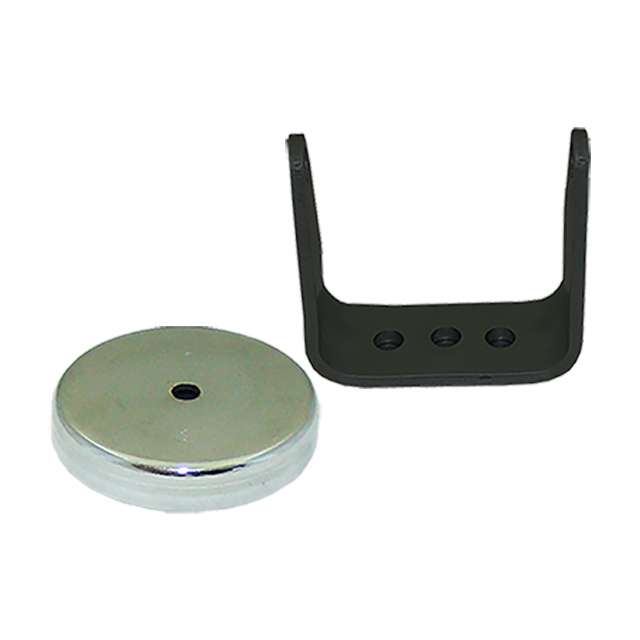

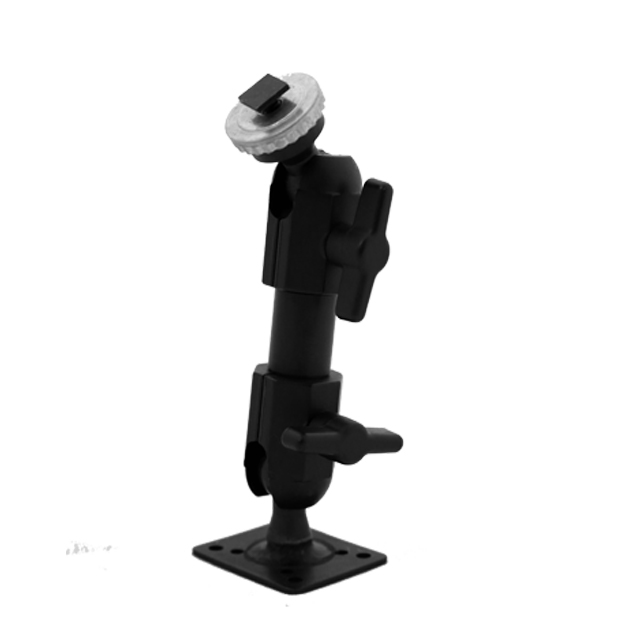




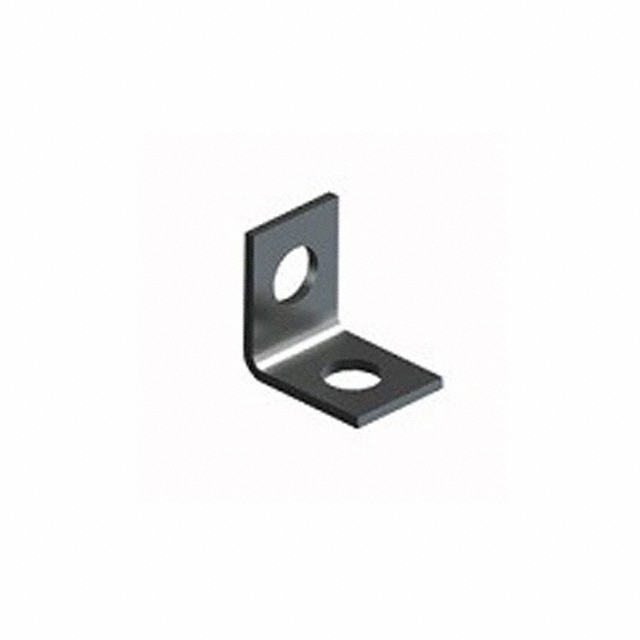

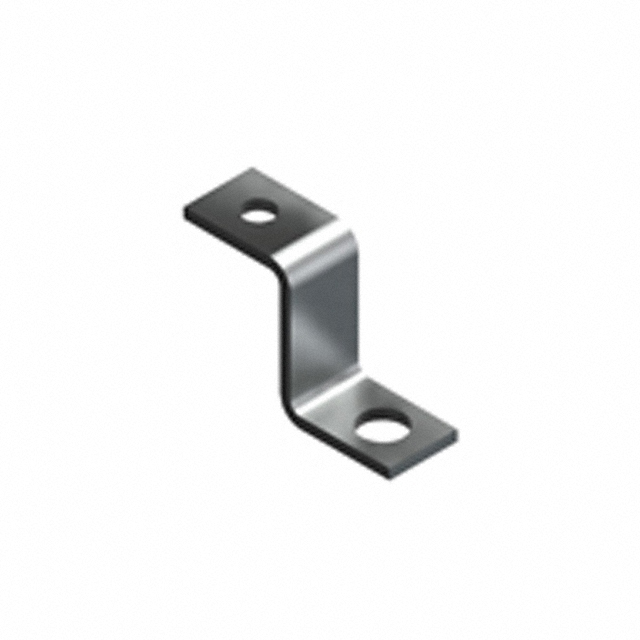





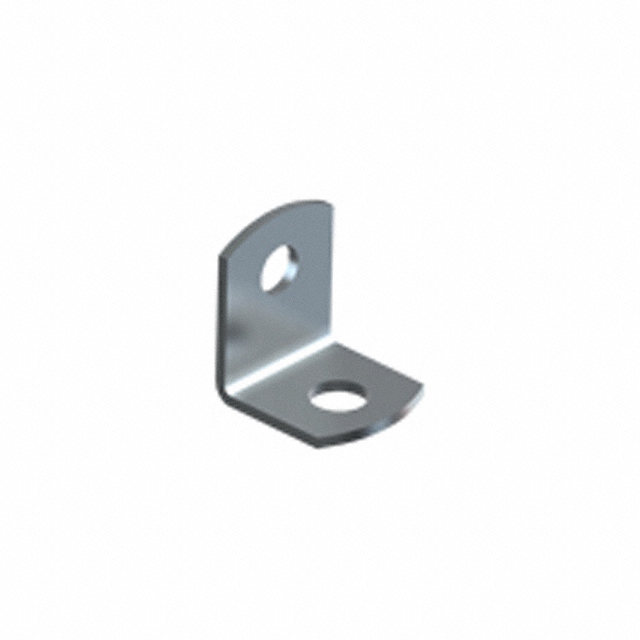










 Wishlist (0 Items)
Wishlist (0 Items)